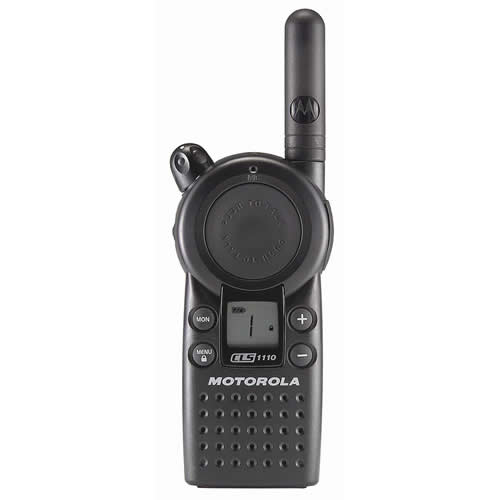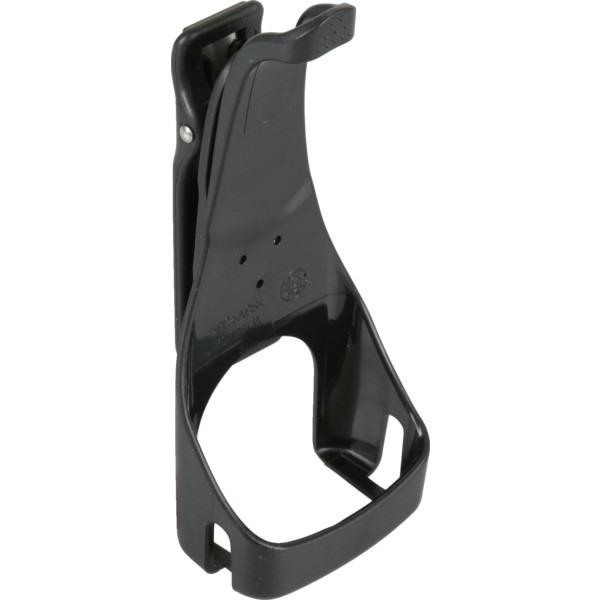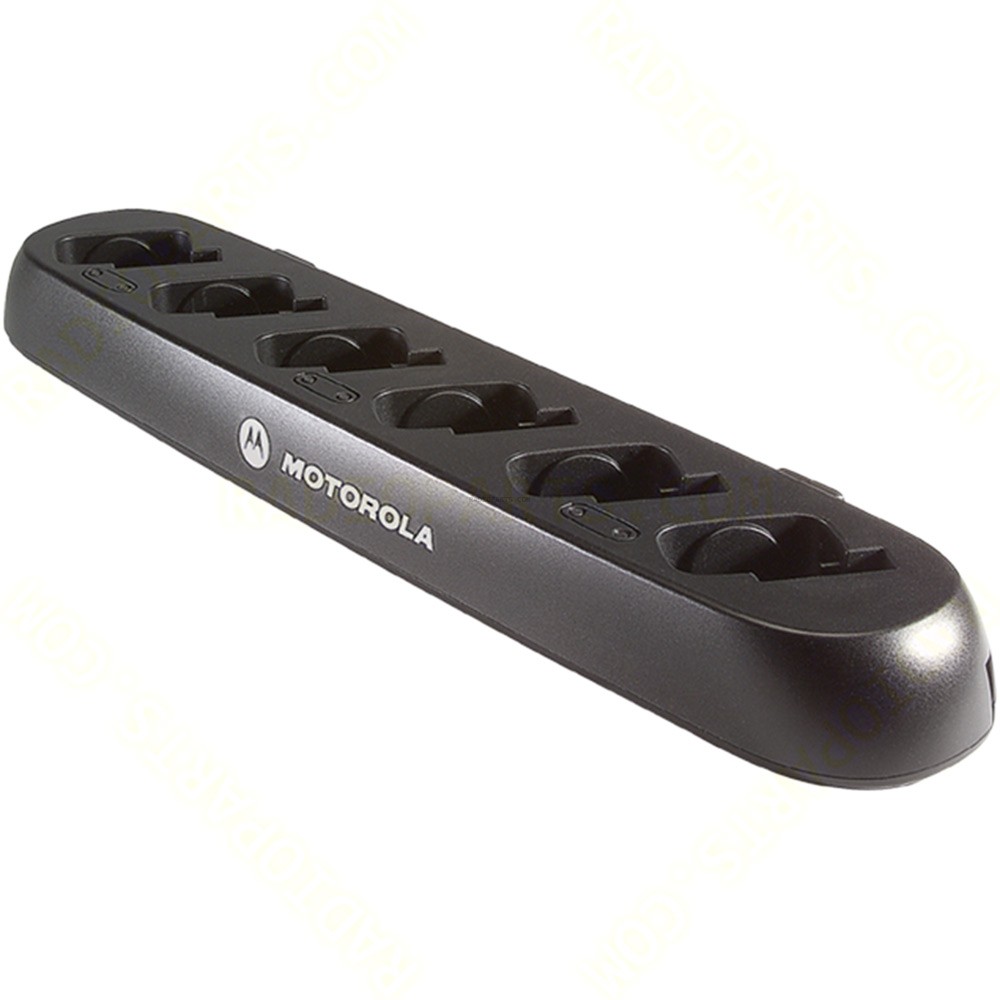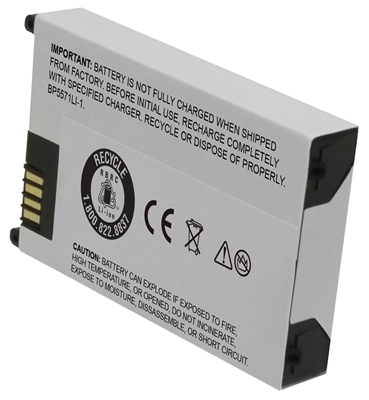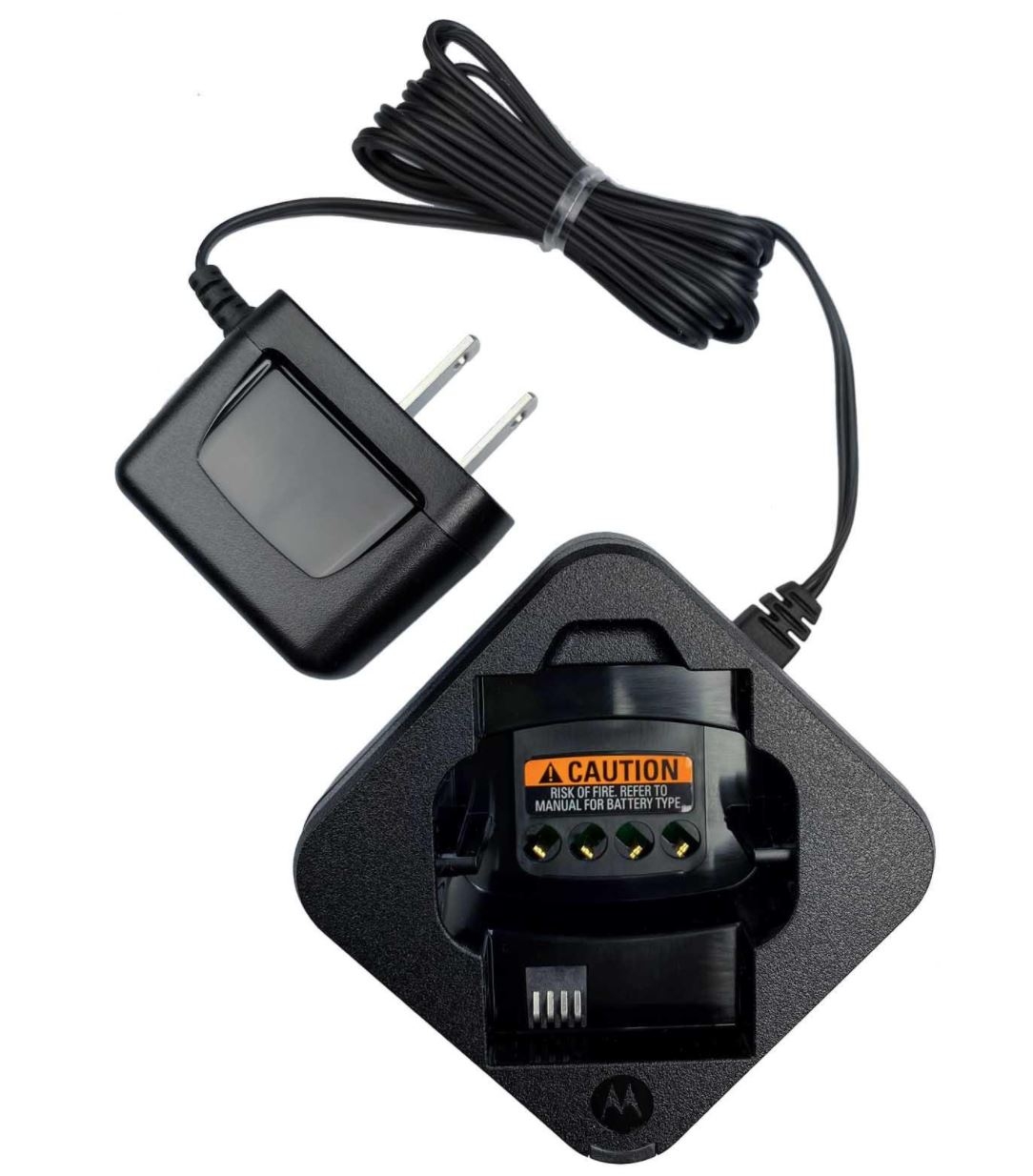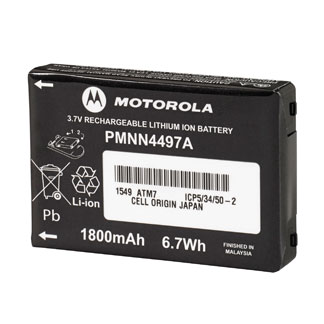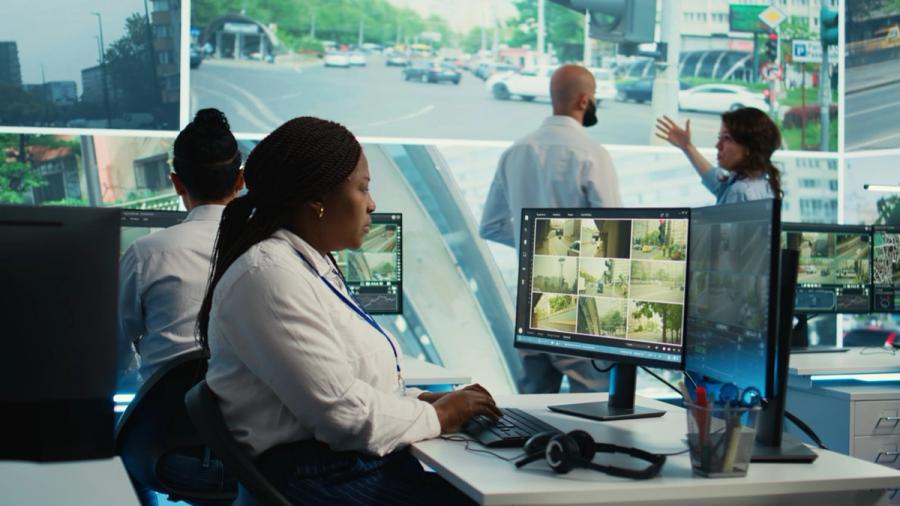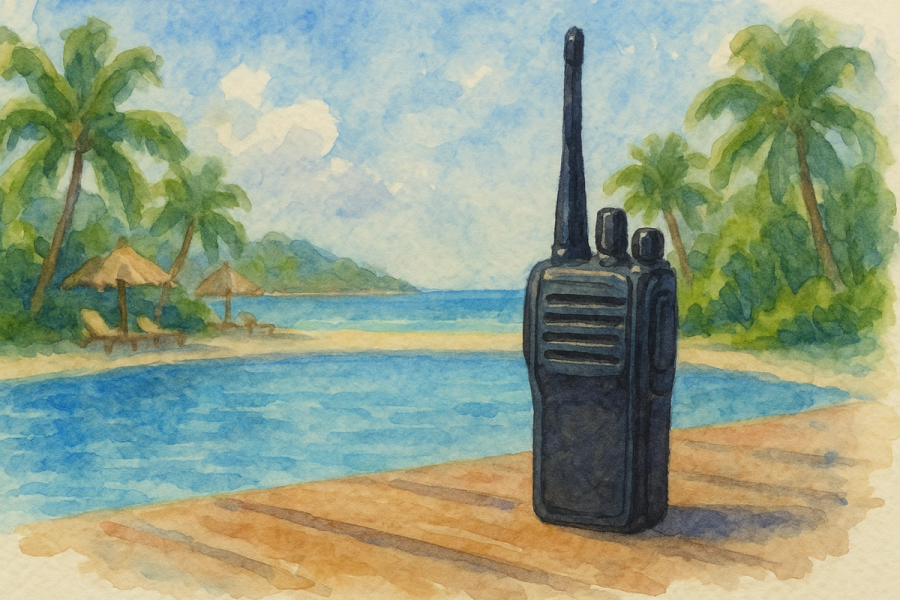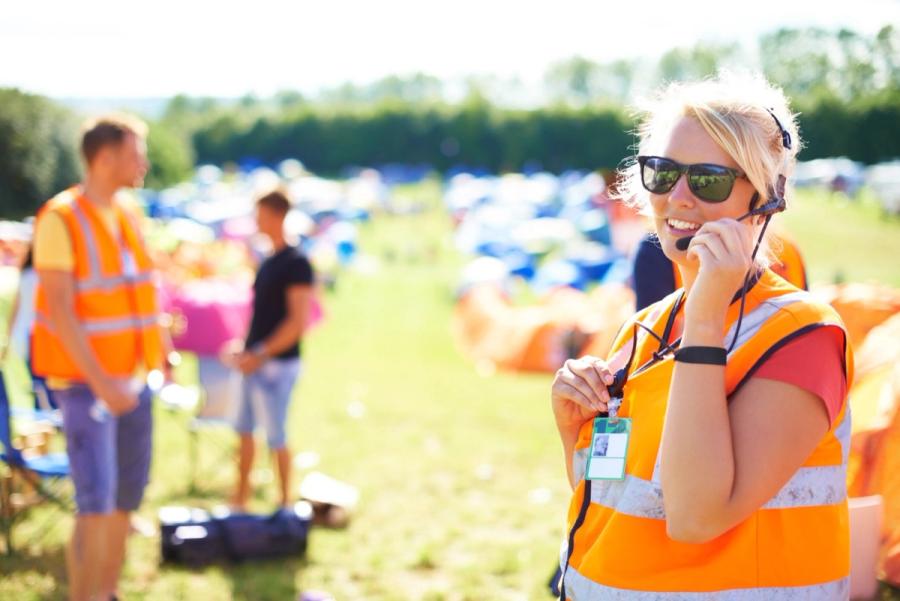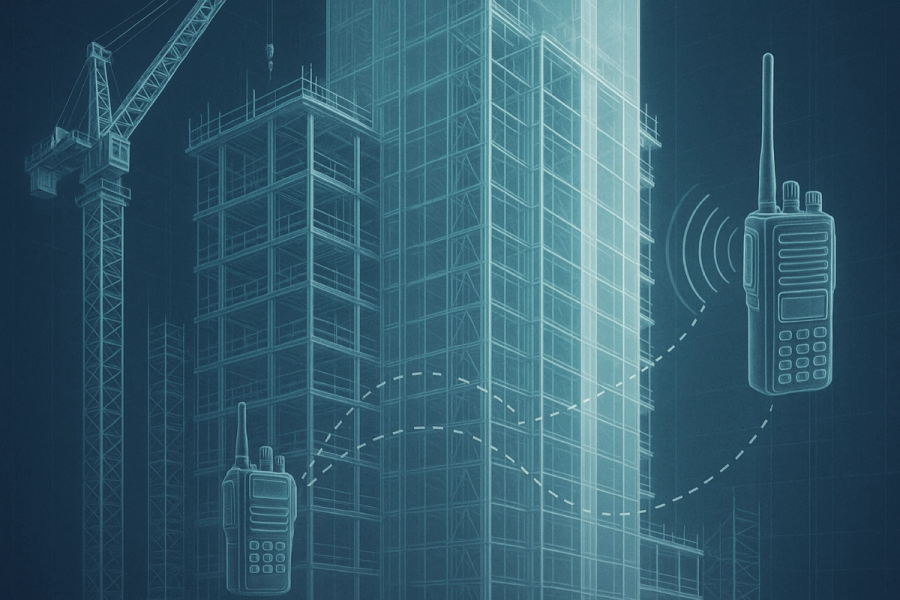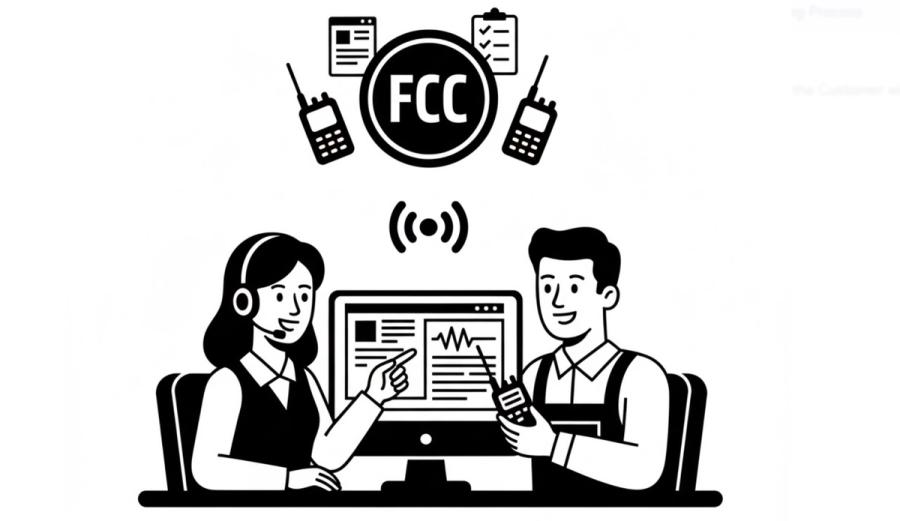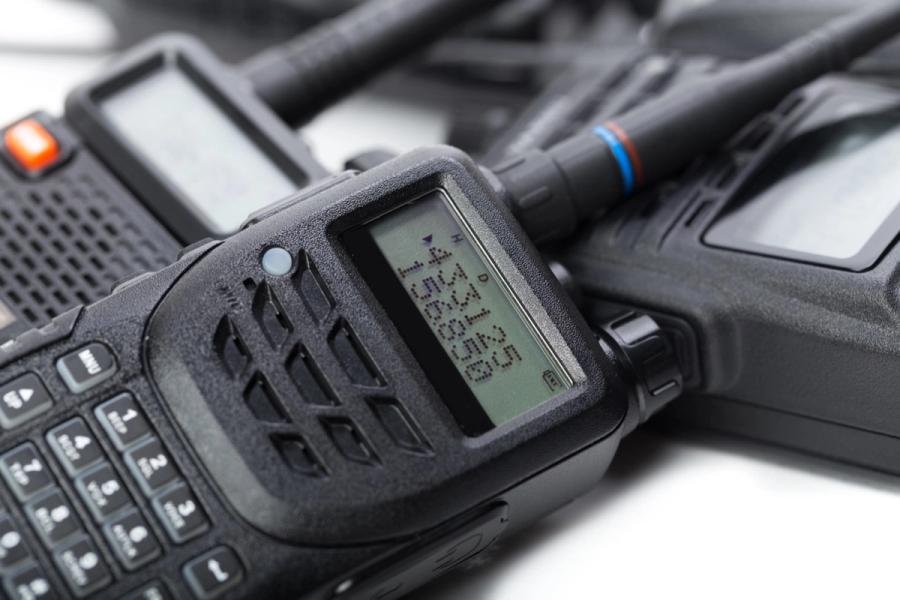
Motorola CLS Two-Way Radios CLS1110 and CLS1410
November 13, 2025
Motorola CLS 1110 / 1410 Key Features:
- Frequency and Power: UHF band, 1-watt output for optimal indoor signal penetration. (https://www.commusa.com/motorola-cls-series)
- Coverage: Up to 200,000 sq ft or 15 floors. (https://retailtechoutlet.com/blogs/news/motorola-cls1110-review-updated-2020-specs-instructions)
- Durability: MIL-STD 810 C/D/E/F/G tested for shock, vibration, and weather; IP54/IPX2 water resistance. (https://techwholesale.com/motorola/cls-series/)
- Battery Life: Up to 14–18 hours with included Li-Ion batteries. (https://callmc.com/motorola-cls-series-two-way-radios/)
- Simple Operation: Large push-to-talk button, easy volume control, and simple display for minimal training. (https://retailtechoutlet.com/blogs/news/motorola-cls1110-review-updated-2020-specs-instructions)
- Privacy and Security: 56 UHF business-exclusive frequencies, 121 privacy codes (83 digital, 38 analog) for reduced interference. (https://www.schoolhealth.com/motorola-cls-series-business-two-way-radios)
- Channel Scanning: Scan capabilities to avoid busy channels or interference. (https://www.motorolasolutions.com/content/dam/msi/docs/business/products/two-way_radios/portable_radios/cls_series_radios/cls_series_brochure.pdf)
- Monitor Function: Listen for activity on programmable channels for better coordination.
- CLS1110: Focuses on basic, single-channel communication, simplicity, and affordability. (https://www.commusa.com/motorola-cls-series)
- CLS1410: Adds VibraCall and VOX (voice activation for hands-free use), suitable for more complex coordination needs. (https://www.schoolhealth.com/motorola-cls-series-business-two-way-radios)
Typical Motorola CLS Radio Applications
- Retail: Fast-paced, high-turnover operations needing quick communication between managers, staff, and floor teams. (https://callmc.com/motorola-cls-series-two-way-radios/)
- Hospitality: Hotels, restaurants, resorts, and event spaces for efficient service coordination. (https://techwholesale.com/motorola/cls-series/)
- Warehousing & Distribution: Large coverage, clear communication for logistics and inventory control. (https://techwholesale.com/motorola/cls-series/)
- Healthcare & Education: Used in clinics, schools for safe, rapid staff communication. (https://callmc.com/motorola-cls-series-two-way-radios/)
Accessories and Usability
- Drop-in chargers (single and multi-unit) for convenient fleet charging.
- Compatible with a range of headsets and earpieces for private or hands-free communication. (https://callmc.com/motorola-cls-series-two-way-radios/)
- Belt holsters included for portability; lightweight design (less than 5 oz).
Reliability and Cost
These radios are license-free for most business applications, featuring no recurring service contracts or airtime fees. Their rugged construction and long battery life yield lower ongoing costs and high reliability for business owners. (https://retailtechoutlet.com/blogs/news/motorola-cls1110-review-updated-2020-specs-instructions)
Conclusion
Motorola CLS radios are industry-standard solutions for small to medium businesses seeking simple yet robust communication tools. Their clear audio, long-range coverage, durable design, and ease of use make them a top choice for demanding, high-turnover work environments.
